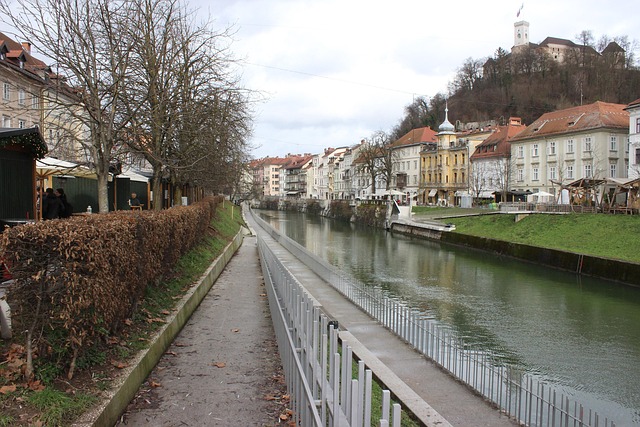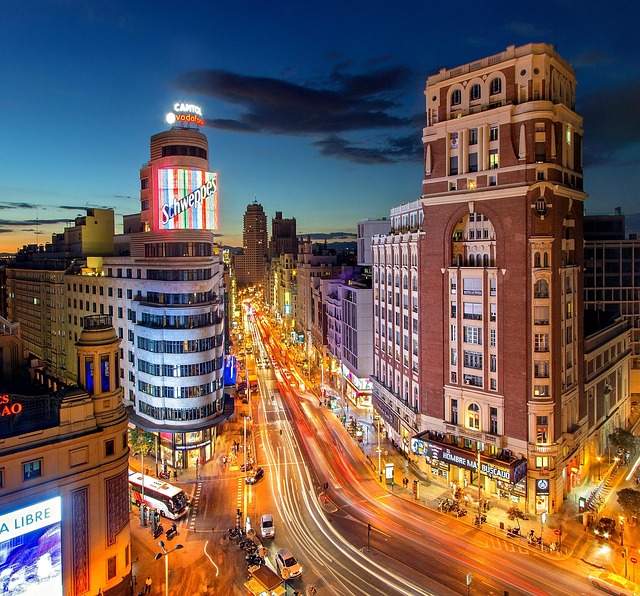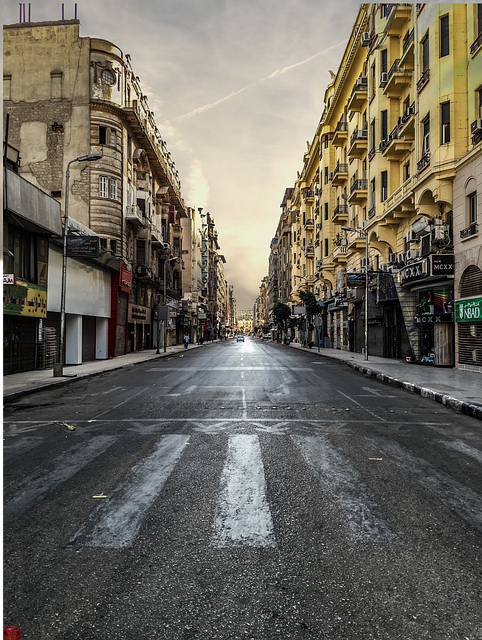Jinnah Avenue, named after Pakistan's founder, is a vital transporter in Karachi, facilitating goods, services, and public mobility. However, heavy traffic, inadequate drainage, rapid urbanization, and lack of maintenance have led to severe road wear and congestion. Strategic interventions including better infrastructure, smart traffic management, promotion of public transport and electric vehicles, and green space integration can transform Jinnah Avenue into a safer, more efficient, and environmentally friendly thoroughfare for the bustling metropolis of Karachi.
“Jinnah Avenue, the lifeblood of Karachi, is a bustling corridor facing significant challenges in road conditions. This article delves into the intricate landscape of this major artery, exploring its current state and potential solutions for much-needed improvements. From navigating congestion to addressing potholes and infrastructure gaps, we unravel the complexities impacting Karachi’s vibrant urban fabric. Discover potential game-changers that could transform Jinnah Avenue into a safer, smoother, and more efficient transportation hub for the bustling metropolis.”
- Understanding Jinnah Avenue: A Major Artery of Karachi
- Challenges and Concerns: Current State of Road Conditions
- Potential Solutions and Future Prospects for Improvement
Understanding Jinnah Avenue: A Major Artery of Karachi

Jinnah Avenue, often referred to as one of Karachi’s lifelines, is a major thoroughfare that traverses the heart of Pakistan’s bustling metropolis. This artery, named after the nation’s founder, Muhammad Ali Jinnah, not only connects key districts but also serves as a vibrant reflection of the city’s dynamic character. The avenue hosts a diverse range of activities, from heavy commercial traffic to a lively mix of public transport and private vehicles. Its significance in Karachi’s urban landscape is undeniable, making it a crucial focus for understanding the city’s transportation network and its ever-evolving dynamics.
In terms of its impact, Jinnah Avenue plays a vital role in shaping the economic and social fabric of Karachi. The avenue facilitates the movement of goods and services across various sectors, including retail, manufacturing, and logistics. It is also a significant corridor for public mobility, with buses and trains providing essential connectivity to surrounding areas. Moreover, its historical importance as a symbol of progress and development adds to the allure and complexity of this iconic Karachi street.
Challenges and Concerns: Current State of Road Conditions

Jinnah Avenue, a prominent thoroughfare in Karachi, faces several challenges that negatively impact road conditions. The constant influx of traffic, including heavy goods vehicles and public transport, has led to significant wear and tear on the road surface. Potholes, uneven patches, and cracks are common issues, causing inconvenience to drivers and increasing vehicle maintenance costs. These problems are exacerbated by inadequate drainage systems, leading to water accumulation during monsoon seasons, further damaging the pavement.
Moreover, the rapid urbanisation of Karachi has put immense pressure on existing infrastructure. The growing population and rising number of vehicles have resulted in congested roads, especially during peak hours. This congestion not only slows down traffic but also contributes to air pollution and increases road wear. Lack of timely maintenance and repair works aggravates these challenges, making Jinnah Avenue a cause for concern among residents and commuters who rely on this vital transportation artery.
Potential Solutions and Future Prospects for Improvement

The road conditions on Jinnah Avenue in Karachi present several challenges, but there are potential solutions and future prospects for improvement. One key approach is to enhance infrastructure by introducing better drainage systems and wider roads to accommodate the city’s growing traffic. Smart traffic management systems, including real-time monitoring and efficient signal timing, can also alleviate congestion.
Additionally, promoting public transportation and encouraging the use of electric vehicles could significantly reduce vehicle emissions and overall traffic stress. The integration of green spaces along the avenue, such as tree-lined medians or dedicated bike lanes, would not only improve aesthetics but also contribute to a healthier urban environment. These measures, combined with regular maintenance and community involvement, can transform Jinnah Avenue into a safer, more efficient, and eco-friendly thoroughfare for all residents of Karachi.
Jinnah Avenue, a vital artery of Karachi, faces significant challenges in road conditions that hinder efficient transportation. The current state, marked by potholes, inadequate signage, and poor lighting, demands immediate attention. Implementing innovative solutions such as smart city infrastructure, regular maintenance programs, and community involvement can transform Jinnah Avenue into a safe, smooth, and bustling hub, enhancing the overall mobility experience for Karachi’s folks. By prioritizing these improvements, the future of road conditions on this major avenue in Karachi looks promising.

Leave a Reply